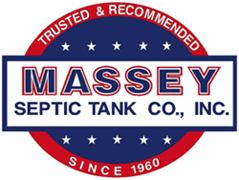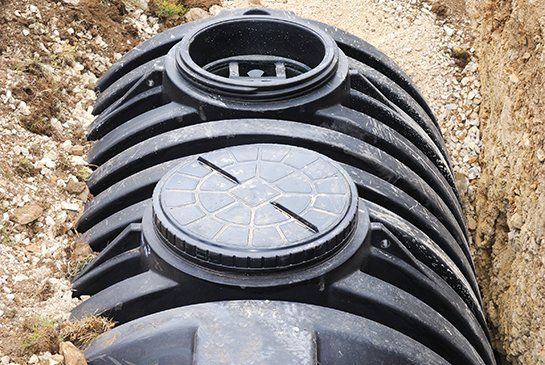Septic Tank Tips
Septic Systems
A septic system
is a small-scale sewage treatment system common in areas with no connection to main sewage pipes provided by the government. In other words, septic systems are a type of on-site sewage facility. A septic tank generally consists of tanks between the size of 1,000 and 2,000 gallons that is connected to an inlet wastewater pipe at one end and a septic drain field at the other. You should have scheduled preventive maintenance done to your tank. This can remove the irreducible solids that settle and gradually fill the tank and reduce its efficiency.
A septic system
is a small-scale sewage treatment system common in areas with no connection to main sewage pipes provided by the government. In other words, septic systems are a type of on-site sewage facility. A septic tank generally consists of tanks between the size of 1,000 and 2,000 gallons that is connected to an inlet wastewater pipe at one end and a septic drain field at the other. You should have scheduled preventive maintenance done to your tank. This can remove the irreducible solids that settle and gradually fill the tank and reduce its efficiency.
Septic Tips:
- Limit the water entering your septic tank, and give your system time to rest after heavy use. Use water-saving fixtures; repair leaky toilets and dripping faucets.
- Avoid using a garbage disposal. Garbage disposals add tremendously to the amount of solids entering your septic tank.
- Discard grease in the garbage instead of the drain. Grease can clog the septic tank or the soils surrounding the absorption field. Also, the use of liquid fabric softeners can contribute to excessive scum in the septic tank.
- Use toilet paper that decomposes easily. Purchase brands labeled "safe" for septic systems.
BROWSE OUR WEBSITE
CONTACT INFORMATION
PHONE:
704-278-3528
ADDRESS:
13185 NC Highway 801
Mount Ulla, NC 28125
Available
- Mon - Sat
- -
- Sunday
- Closed
OUR LOCATION
BROWSE OUR WEBSITE
CONTACT INFORMATION
PHONE: 704-278-3528
ADDRESS: 13185 NC Highway 801
Mount Ulla, NC 28125
OUR LOCATION
Content, including images, displayed on this website is protected by copyright laws. Downloading, republication, retransmission or reproduction of content on this website is strictly prohibited. Terms of Use
| Privacy Policy

